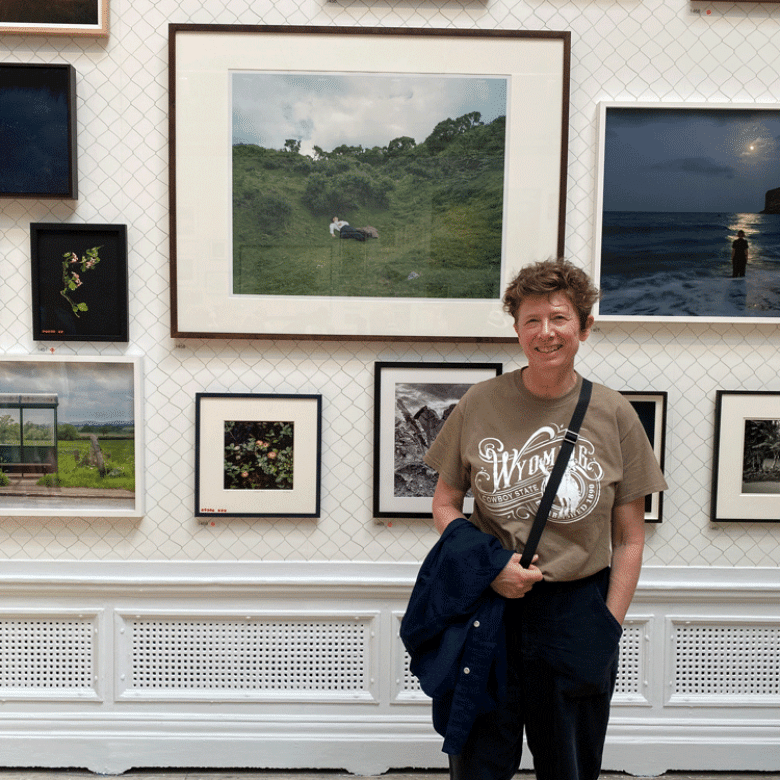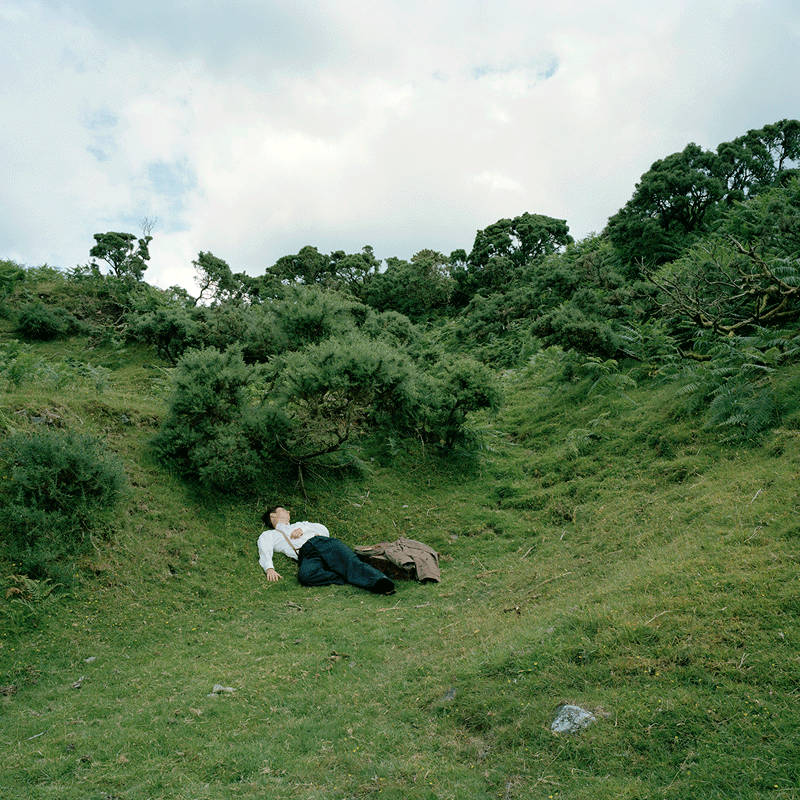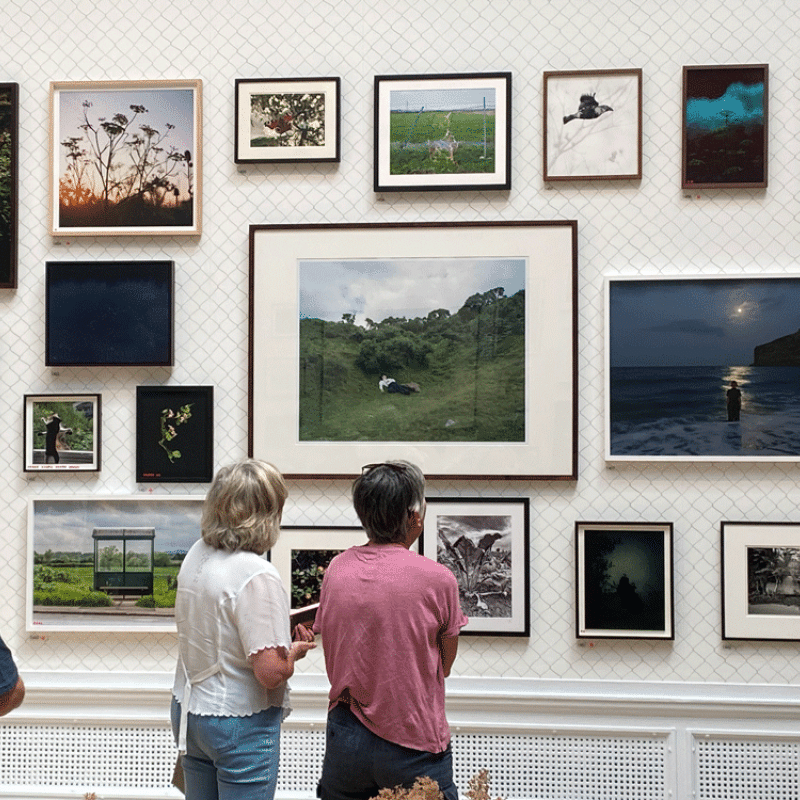Photography lecturer showcases work in renowned Royal Academy Summer Exhibition
28 July 2025

The Royal Academy Summer Exhibition has been held every year since 1769, marking it as a longstanding and renowned showcase of painting, film, photography and sculpture. This year Lottie Davies, Senior Lecturer in Documentary & Editorial Photography BA(Hons), has been selected by British visual artist and Royal Academician (RA) Helen Sear to be featured in the exhibition’s Large Weston Room.
The piece is now part of a collection of over 1,700 pieces and can be viewed in London until 17 August 2025. The annual event is a celebration of art and artists, and this year is dedicated to art’s capacity to forge dialogues and encourage sensitivity towards societal concerns.
We spoke to Lottie to gain an insight into the thought process behind her entry and the story she hopes to convey through photography.

What inspired the work now featured as part of the exhibition?
The image is one element of a large body of work entitled Quinn (2014-2020) which has been exhibited across the UK, published in a monograph in 2021 and included in Falmouth University’s Research Excellence Framework submission in 2021. Quinn is a multi-modal project consisting of photographs, moving image pieces, ephemera and text. It was created to be viewed and read side-by-side, to take the viewer through a multi-dimensional experience; much like reading a novel, visiting the theatre, and going to the cinema at the same time.
Quinn is the fictional story of a young man, William Henry Quinn, who is walking from the south-west of England to the far north of Scotland in post-Second World War Britain. In this image he is asleep, on Dartmoor, in the early part of his journey. The whole story follows Quinn as we travel with him on a physical and metaphorical journey mediated by the British landscape.
As we walk alongside the character of Quinn and learn his story, we may perhaps come to understand more about our own search for existential meaning and ponder our own purpose in life.
What story do you hope to tell through the piece?
Quinn is a meditation on grief, loss, loneliness, the human search for meaning and the possibility of redemption through time and landscape. Although fictional, the work is in response to the real post-traumatic experiences of men and women from the early twentieth century to the present.
The changes imposed on each generation by conflict and global socio-economic collapse produces a constant stream of people left untethered in the world, often literally travelling in any way they can, to find a new home, a new purpose and to rebuild their place in the world.
The story of Quinn is, I hope, the story of an ‘everyman’ who has had to manage trauma and upheaval in their lives and found a way to move on.
How were you selected for the exhibition and what was the process like?
My work has been shortlisted before but this time I was very pleased to have this piece accepted – it is very exciting to have your work on the gallery wall beside so many other artists, some of whom are world-famous Royal Academicians. I am a huge fan of Cornelia Parker and am particularly proud that I can now say my work has been exhibited alongside hers.

Has Falmouth inspired your photography in any way?
I made this work before I moved to Cornwall and began teaching at the university, but a significant part of Quinn’s story is closely linked to Falmouth. The St Nazaire Raid (also known as ‘Operation Chariot’) was a key British commando and Royal Navy operation which successfully destroyed the port of St Nazaire with substantial impact on the German war effort. Quinn’s story includes his involvement in this operation, which left Falmouth as a convoy of nineteen various boats at 2pm on 26 March 1942. I had no idea that I would end up living so close to this historic place only a few years after I came up with Quinn!
How has your time as a lecturer in photography at Falmouth influenced your practice?
I teach on the Documentary & Editorial Photography BA course which might sound surprising given the entirely fictional nature of this project, but all photography is about telling stories one way or another, and that’s what we teach. We teach storytelling using cameras in all places and media; news, journalism, long-form documentary, sports, fashion, portraiture, multimedia, social media, in print and online – and we teach photography that can tell those stories in galleries as well.